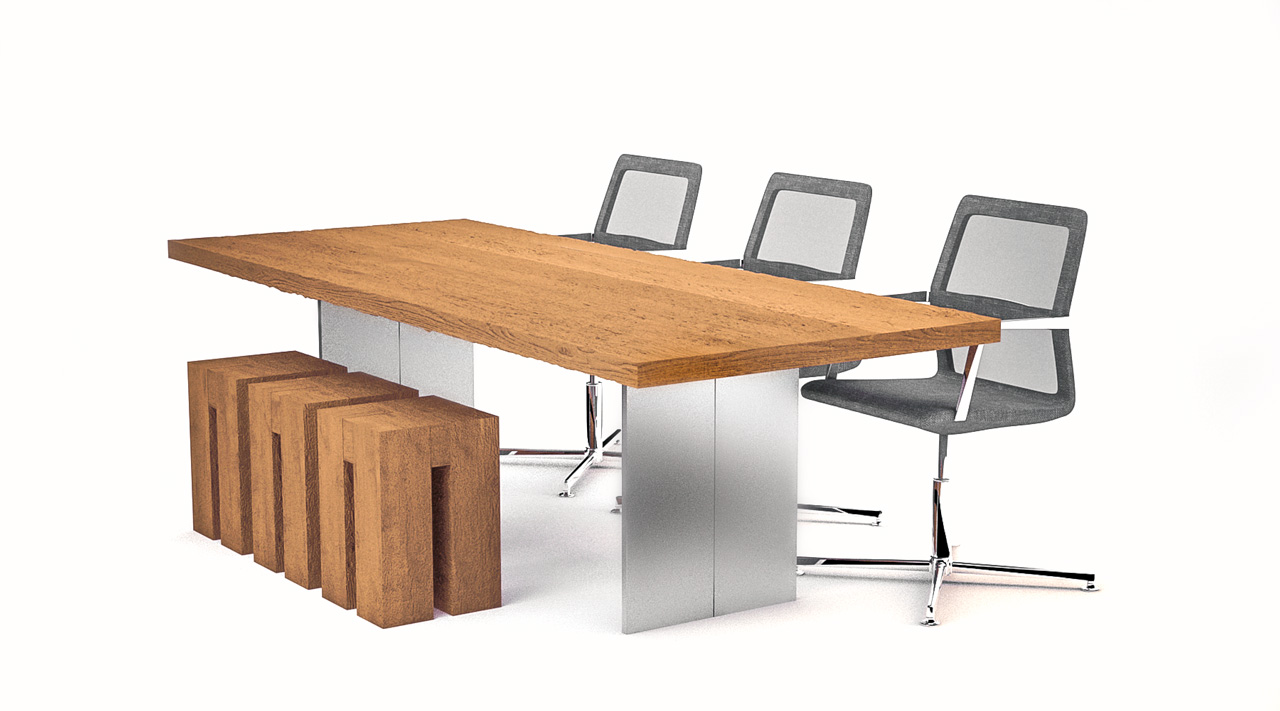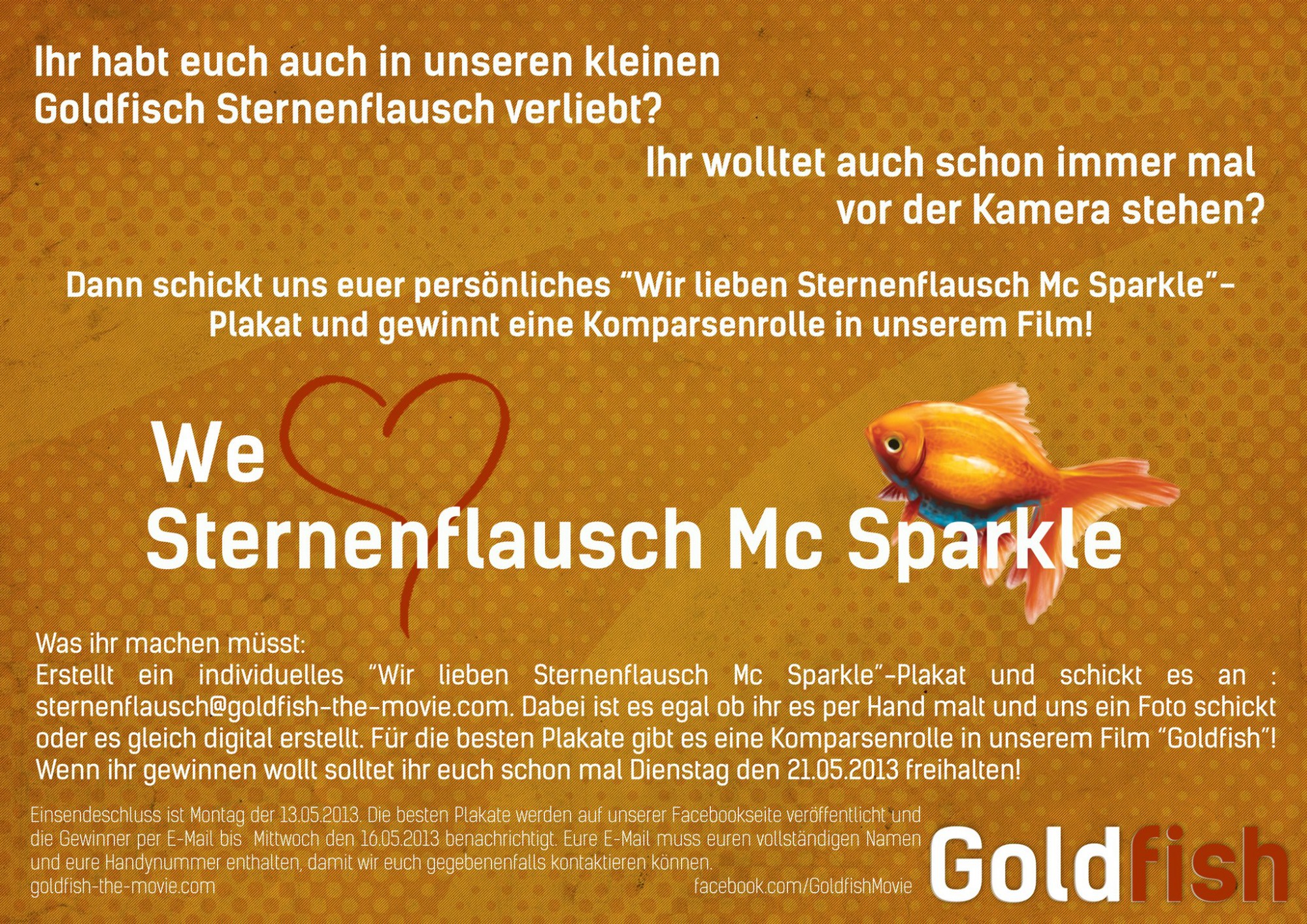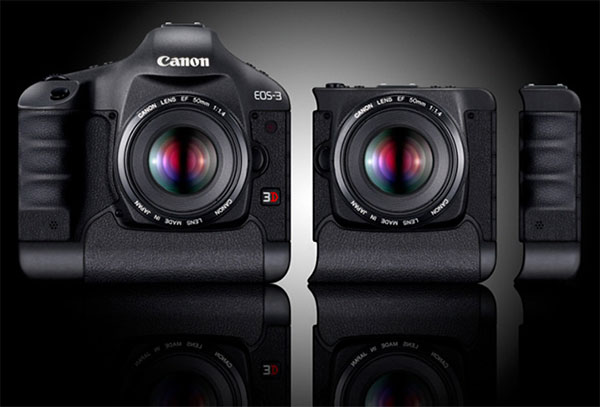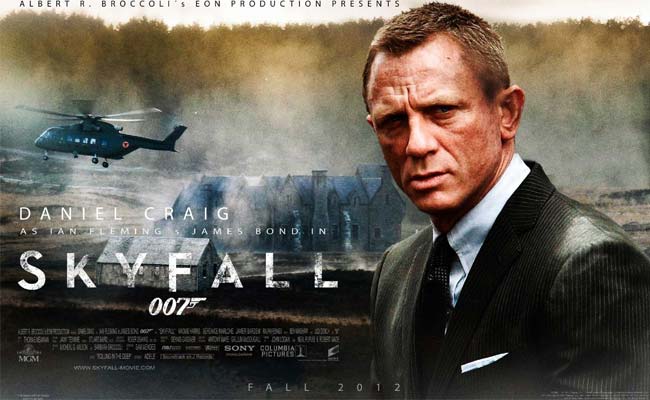Profiling the technology of the HOBBIT
Daniel Anderson goes behind the scenes on Peter Jackson’s second epic trilogy, and delves into the innovative new technology which will bring this fantasy world to life like never before.
Jackson is using three significant technological innovations to bring The Hobbit to life on screen, each has been seen in other movies to one degree or another but the their combination adds up to what should be a unique movie-going experience for audiences.
The first is 3D – something which we’ve become very used to in theatres over the last couple of years. Jackson has stated openly that he would have shot the original LOTR with the extra dimension if possible and his immediate, often hand held, style seems perfectly suited to being presented in 3D.
With the use of the latest Red Epic digital cameras and special lightweight rigs, as well as several years of experience with the pleasures and pitfalls of the system, we’re hoping that TheHobbit will help to revitalise 3D at a time when audiences are becoming more and more jaded by it.
The second innovation is tied to the cameras provided by the American Red Digital Cinema Camera Company. They’ve been making great strides towards making truly high definition digital filmmaking compete with legacy film systems, starting with the revolutionary Red One in 2007. In fact, Jackson’s been an advocate of the system since then, completing a 12 minute short called Crossing the Line.
The move to the Red Epic has given Jackson the chance to shoot The Hobbit at 5K resolution. For reference, that’s means each still frame is 5120 pixels wide and 2700 pixels high. The high definition videos that you marvel at online or through your Blu-ray player today measure, at best, just 1920×1080. The result means much greater detail onscreen (provided the projector can handle the format) and an assurance that later releases will be absolutely pin sharp.
But the biggest technological innovation at work in The Hobbit (and the most contentious) is the decision to shoot the film at 48 frames per second. Since the dawn of the sound era, movies have been filmed and projected at 24 frames for a variety of reasons which all come down to two basics – firstly, it was the lowest speed that allowed for a reasonably smooth illusion of movement and, secondly, it didn’t waste too much expensive celluloid.
Some 80 years later, the legacy persists but Jackson is bucking the trend and argues that the extra frames are significant. Doubling them quite simply equates to smoother and more natural motion and, when combined with the use of class leading 3D and hyper high definition filming, turns the cinema screen into a veritable window into another world.
At least that’s the hope – because 48FPS isn’t without its problems. For one thing, every aspect of the production had to be tweaked to deal with a new tech technology. Colour and skin tones looked bizarre on camera and conventional lighting had to be thrown out to ensure correct exposure.
But the biggest shock of all came when Jackson unveiled the first 48FPS footage to exhibitors at CinemaCon in Las Vegas in April 2012. The reactions to the 10 minute reel were overwhelmingly negative, chiefly focussing on the fact that the footage looked like a cut price TV show. It is perhaps inevitable after people have spent a lifetime perceiving 24 frames as ‘cinema’ but the smoothness, it seems, also makes the blockbuster production look cheap.
But Jackson seems unfazed – sure in the knowledge that a longer exposure to the new system will help the audiences to adjust. There’s little doubt that the format itself has an uphill struggle ahead, not least because installations may cost theatre chains dearly so soon after the upgrade to 3D. But that may still be a problem for another day, it has since been confirmed that An Unexpected Journey will only have a limited release in 48FPS, with some availability in all ‘major markets’ but no confirmation yet of locations. For the most part, audiences will get to experience the film at the time honoured frame rate – in 2D or 3D flavours.
For all who is living in Munich here is a list of the cinemas which will show the movie in 48FPS:
For all outside Munich here a list of other german cinemas:







